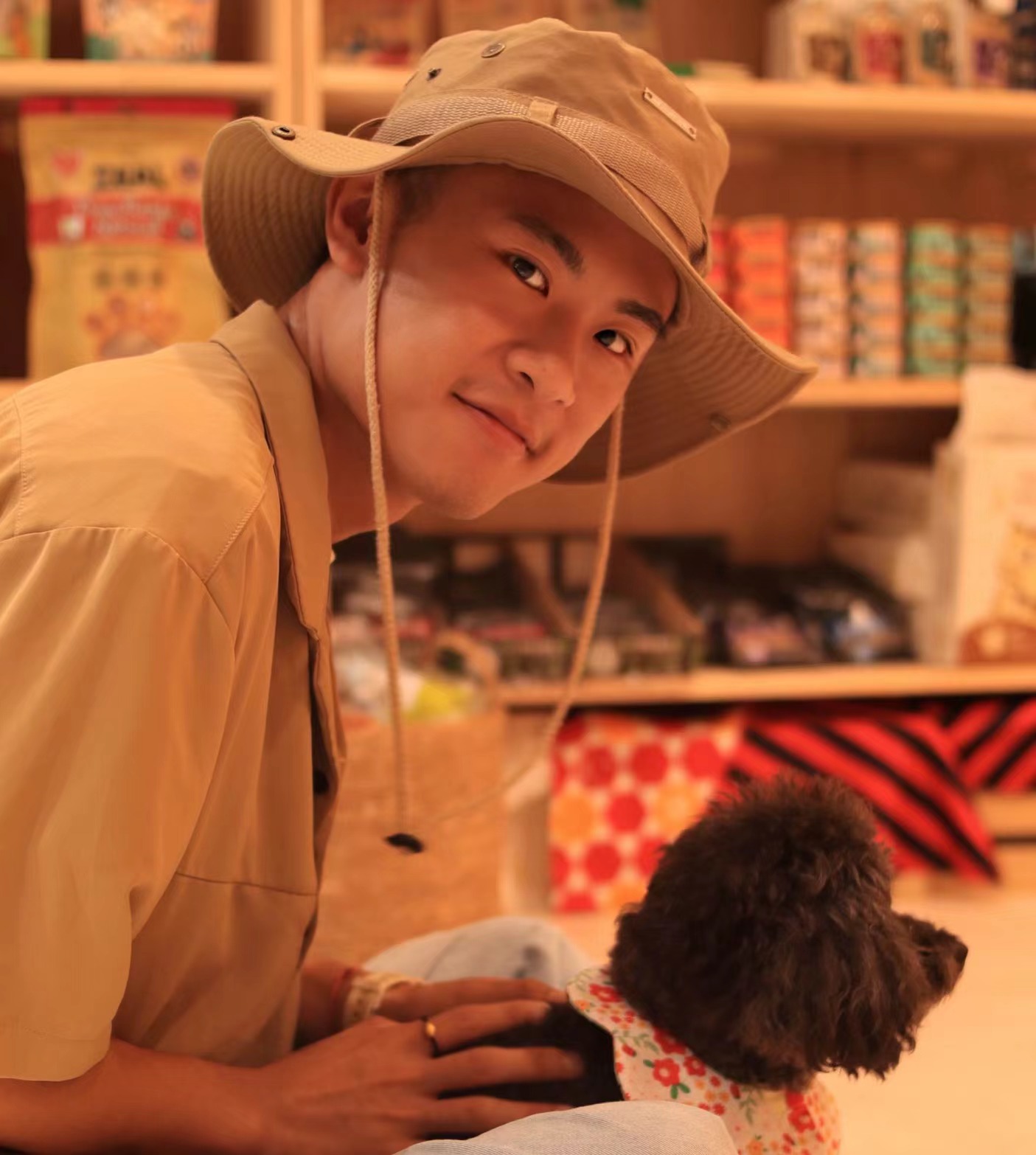[Updating] The Latest Paper about Synthetic Image Detection
Published:
This is a collection of papers on the topic of Synthetic Image Detection. I’ll occasionally update the latest paper from academic websites (most of them from ArXive). For convenience, I’ll give a brief introduction about each paper through fast reading. If you want to get the detail, please make a further step to it.
Exposing the Fake: Effective Diffusion-Generated Images Detection
–University of Electronic Science and Technology of China, Drexel University
This method calculates the error between the results of the deterministic reverse-function(I was so puzzled by this) and denoising-function at each timestep. Through the characterization brought by so many timesteps, the differences between generated images and real images become significant compared to the DIRE method.
GenImage: A Million-Scale Benchmark for Detecting AI-Generated Image
——Huawei Noah’s Ark Lab
A new benchmark for generated image detection.
Detecting Images Generated by Deep Diffusion Models using their Local Intrinsic Dimensionality
——Fraunhofer ITWM
The method called local intrinsic dimensionality(LID) was used to characterize the differences between adversarial samples and natural samples.
AI-Generated Image Detection using a Cross-Attention Enhanced Dual-Stream Network
——Guangdong Province Key Laboratory of Information Security Technology
A dual-stream network consists of a residual stream and a content stream. These two streams could extract the feature of both high and low frequency. Besides, the cross-attention was concated to the dual-stream to enhance the information exchange.
HOW TO DETECT UNAUTHORIZED DATA USAGES IN TEXT-TO-IMAGE DIFFUSION MODELS
——Rutgers University, Sony AI
To protect the copyright from the images generated by unauthorized data, this paper proposed a method that adds unique and imperceptible contents on the image which could plant injected memorization into the diffusion model when trained on these modified data.
To be continued…
